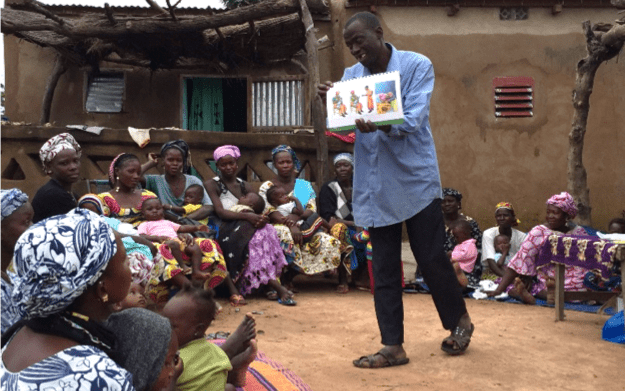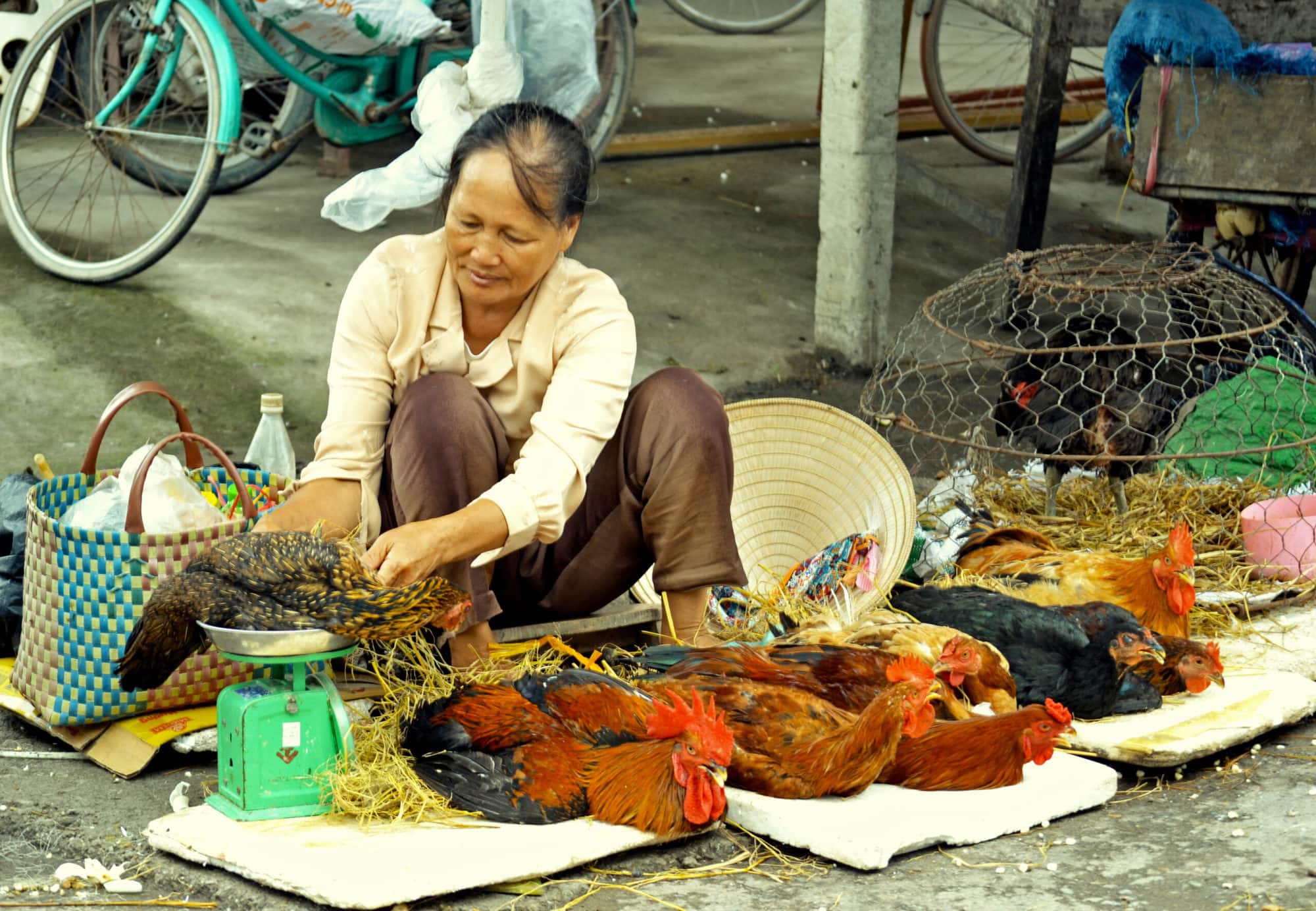Incorporating prevention into community-based management of acute malnutrition: Insights from Mali and Burkina Faso
- From
-
Published on
04.10.19
- Impact Area
-
Funders
Canada

Globally, 52 million children suffer from acute malnutrition. Children with moderate acute malnutrition are 3.4 times more likely to die than well-nourished children, and those with severe acute malnutrition are 11.6 times more likely. Acute malnutrition kills 875,000 children under the age of five annually.
The introduction a decade ago of Community-based Management of Acute Malnutrition (CMAM) made the screening and treatment of children with severe acute malnutrition more accessible: Community health workers, often volunteers (CHVs), conduct first-line screening and refer cases to a health facility for treatment. Children with severe acute malnutrition (and in some countries, children with moderate acute malnutrition) but without medical complications are treated through an outpatient program using energy-dense supplements that provide all necessary micronutrients.
Yet two key barriers limit the effectiveness of CMAM: Low participation in screening and low uptake and adherence to treatment.
Photo Credit: Lieven Huybregts/IFPRI
Related news
-

Reinventing Kenya’s Snack Future with Dryland Grains
International Crops Research Institute for the Semi-Arid Tropics (ICRISAT)21.11.25-
Nutrition
-
Poverty reduction, livelihoods & jobs
Faces of Impact - Video Feature Story On a quiet backstreet in Mihango, Kenya, the…
Read more -
-

COP30 can enable Greening Plant Nutrition in East and Southern Africa
International Rice Research Institute (IRRI)17.11.25-
Nutrition
Image creditAfrica rice farming by majimazuri21, Pixabay Licence By Jamie Males (republished from …
Read more -
-

A decade of academic and research partnership advances One Health in Vietnam
International Livestock Research Institute (ILRI)13.11.25-
Health
In northern Vietnam, Thai Nguyen province has become one of the most active hubs for…
Read more -
